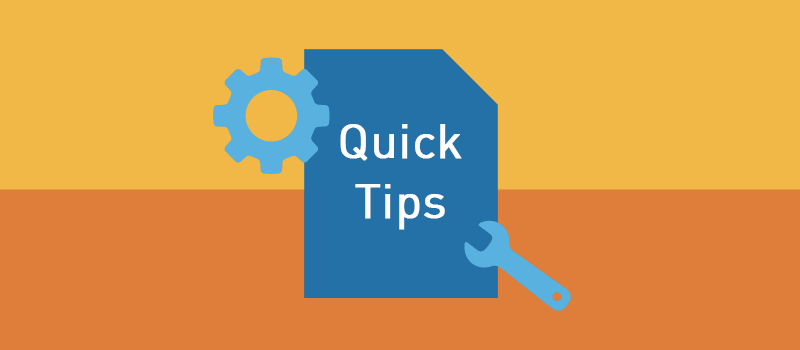Every day, your business must communicate with a variety of stakeholders. Having a plan to do this is critical. Without a communication plan, you’ll be in reactive mode should a crucial incident occur. The requirement for communicating can range from something as mundane as product updates to something more severe like a cybersecurity attack.
No matter why, you should develop a strategy for how you’ll communicate. In this post, we’ll offer you tips on building a versatile and effective plan.
What Is a Communication Plan?
Having a plan matters. Your company has them for just about everything they do, and communication should be no exception. A communication plan defines how you deliver information to appropriate stakeholders. It will include:
- Messaging basics
- Whom you’re targeting
- Channels you’ll use
Communication plans often bring clarity to complex situations. They help you by building a framework for clarity of messaging and ensuring it reaches the intended audience.
In times of crisis, they can be instrumental in responding. This response often needs to be fast but well thought out. A communication plan provides the foundation for this. You can plan for anything, but until it happens, you won’t be in active mode. These times can be hectic and taxing on an organization. You can make it less so when you have a documented communication plan.

How to Develop a Communication Plan
Now that you know why you need one, you’ll want to view these steps to get started with yours.
Audit Your Current Communication Strategies
Before you can write your plan, you’ll need to assess the state of your communications. By doing this, you’ll have context around messaging and positioning. You’ll be able to identify if gaps exist.
For example, if you’re rolling out multifactor authentication for your software, you’d want to visit all your user content and security information. You may find that you already have some messaging around this or have none. In auditing, you can quickly determine what new information you need to communicate.
Define Your Audiences
Every company has lots of audiences. You may have customers and subsets of those, prospects, partners, investors, and employees. Each has specific attributes and needs in terms of communication. For each group, you’ll have different ways to communicate in terms of channels and messaging. You may even have communication plans for two groups for the same topic.
For example, if you’re rolling out a new product feature, you’ll need internal communications regarding how it works, pricing, launch dates, and FAQs. For customers, some of the information will be the same, but it will be specific to the impact on them as a user.
Use an Outline Checklist
Now that you’ve defined messaging and audiences, next is creating an outline with specific components. Those should include:
- Purpose: What are you writing a communication plan about?
- Framework for escalation: This element is crucial for things like incident and disaster recovery. Document how you’ll tier responses based on urgency and priority.
- Roles and responsibilities of your team: Who will do what when the time to communicate begins?
- Dos and don’ts: Describe the things you should do and those you must avoid.
- Maintenance schedule: How will you maintain your communication plan, and when should you update it?
Filling all these areas out gives you the basis for how you’ll craft the actual communication materials.
Decide What Channels You’ll Use to Communicate
Choosing channels relates to who your audience is. If internal, you could use email, but you may also want to message through internal chats specific to the topic. You could also use video meetings to introduce the communication and follow up with links.
For customers, email is likely always at the top of the list. SMS messaging could be an option, too. If you have a unified communications platform that allows for outcoming dynamic notifications, it’s a great channel. People respond to text messages even better than email. The engagement rate for text messages is six times that of email.
Another option is social media. It’s public; however, that shouldn’t deter you. Many well-known brands use social media to talk about challenges or issues. Many do this because it’s where their stakeholders engage with them, and it’s a sign of transparency.
Select channels based on customer preferences. Use multiple ones to drive recall and get customers to respond accordingly.
Create a Timeline for the Plan
From the moment you’re aware communication is necessary to actually deploying it, how long will it take? Depending on the message, audience, and channels, it can vary. Putting in a fair estimate can help you understand when to begin the process since approvals, editing, and design need to happen.
Measure the Performance of Your Plans
Once you kick a plan into motion, you’ll want to monitor its progress and eventually evaluate the performance. You’ll want to have what you’ll measure as part of your plan. Those can consist of:
- Open rates
- Click rates
- Actions taken
- Engagement rate (social media)
As you learn about the effectiveness of your communications, you can make changes based on data. As a result, you could see improvements in your metrics.
Communication Is Everything
Every business needs to excel at communications. It’s the bedrock of your brand. Not prioritizing communication and a plan for it can be risky. Whether talking to employees about internal processes or engaging customers with big news, a communication plan will serve you well.
Get more communication tips by reading our post on customer communication trends.
July 25, 2022
Explore other posts on these topics: Compliance Contact Center Security Unified Communications






